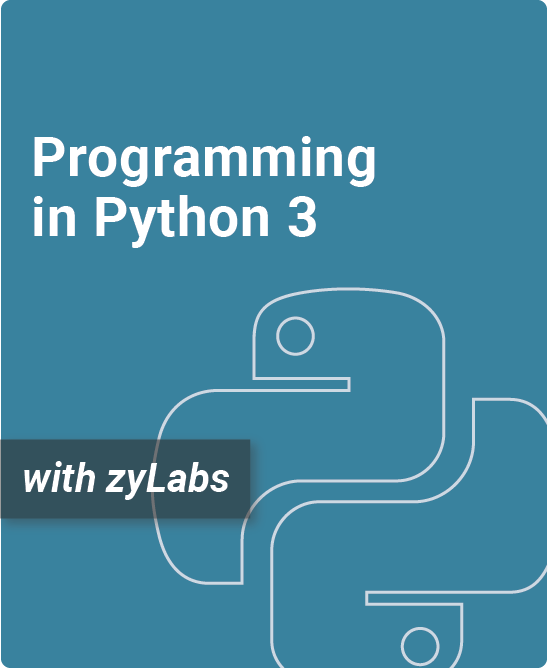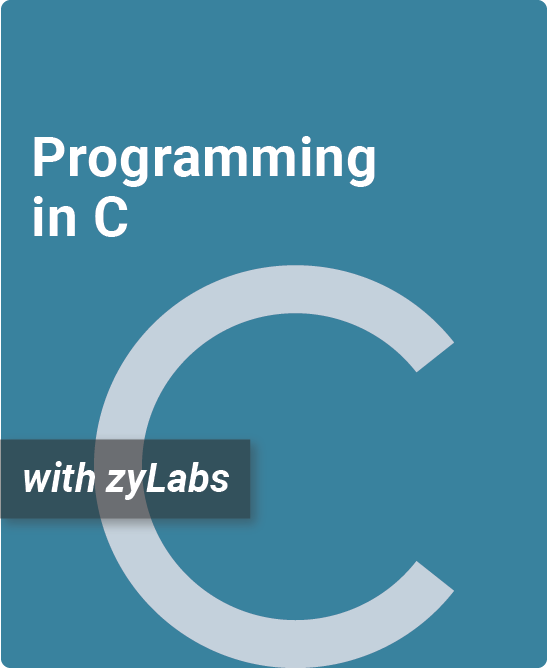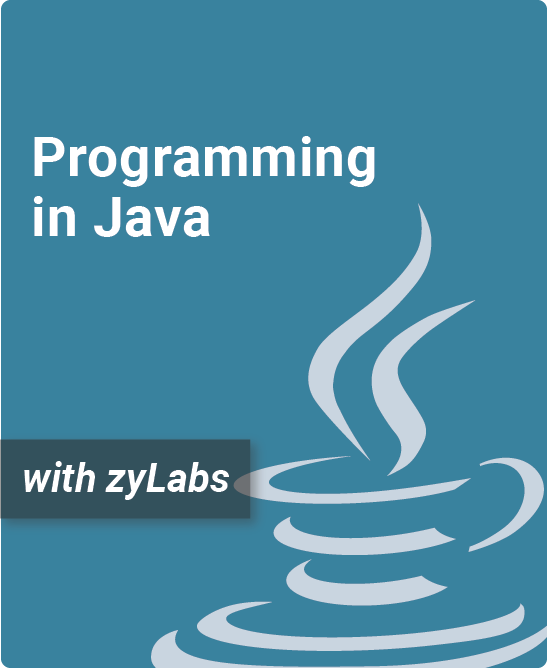1. Numbers in Everyday Life
1.1 Numbers
1.2 Adding and subtracting
1.3 Multiplying
1.4 Dividing
1.5 Fractions
1.6 Reducing and expanding fractions
1.7 Adding and multiplying fractions
1.8 Fractions and decimal numbers
1.9 Percents
1.10 Percents (continued)
2. Solving Everyday Problems
2.1 Comparisons
2.2 Times more / % increase
2.3 Ratios
2.4 Rates
2.5 Rates (continued)
2.6 Unit conversion problems
2.7 Unit conversion problems (continued)
2.8 Unit conversion examples
3. Problem Solving with Shapes
3.1 Perimeter
3.2 Area
3.3 Volume
3.4 Estimating in 1, 2, and 3 dimensions
3.5 Angles
4. Basic Algebra
4.1 Equations with an unknown value
4.2 Solving for x
4.3 Creating equations with x
4.4 Solving for x mentally
4.5 Rate and comparison problems with x
5. Everyday Math Examples
5.1 Personal finance
5.2 Health
5.3 Utilities and phone
5.4 Electricity
5.5 Investing: Stocks and bonds
6. Linear and Exponential Functions
6.1 Introduction to functions
6.2 Function examples
6.3 Linear functions
6.4 Linear function examples
6.5 Graphing via slope and intercept
6.6 Exponential functions
6.7 Exponential function examples
6.8 Piecewise linear functions
7. Spreadsheets
7.1 Tables and spreadsheets
7.2 Spreadsheets and formulas
7.3 Exploring with formulas
7.4 Spreadsheets and graphing
7.5 Bar charts
7.6 Spreadsheets and bar charts
7.7 Spreadsheets and pie charts
8. Time Value of Money
8.1 Money and interest
8.2 Compounding
8.3 APR vs APY
8.4 Annuities
8.5 Loan amortization
9. Logic and Sets
9.1 Propositions
9.2 Conditional statements
9.3 Logical deduction
9.4 Converse and biconditional statements
9.5 Common logical deduction mistakes
9.6 Logic: AND/OR/NOT
9.7 AND/OR/NOT logic examples
9.8 Common applications of logic
9.9 Logical induction
9.10 Sets and Venn diagrams
10. Statistics
10.1 Averages
10.2 Median
10.3 Spread
10.4 Estimates/Margins of error
10.5 Margin of error examples
10.6 Comparing averages of two populations
11. Probability
11.1 Counting
11.2 Probability
11.3 Chances and percent chance
11.4 Adding and multiplying probabilities
11.5 Expected values
12. Voting and Apportionment
12.1 Voting
12.2 Ranked choice voting example
12.3 Fair division
12.4 Apportionment
12.5 Apportionment in politics
12.6 Apportionment paradoxes
12.7 U.S. Electoral College
13. Graph Theory
13.1 Introduction to graphs
13.2 Euler trails
13.3 Hamiltonian paths
13.4 Planar graphs
13.5 Graph coloring
13.6 Weighted graphs and navigation apps
What you’ll find in this zyBook:
More action with less text
- Teaches math people use in everyday life, using examples like personal finance, health, home maintenance, and cooking, relevant to everyone (not just engineers and scientists)
- Used an exceptionally straightforward friendly style that alleviates math anxiety
- Includes over 150 animations and 225 question sets
- Widely praised by students as helping them realize that some math can be useful to them and that they can do that math
- Adopters have access to a test bank with questions for every chapter
The zyBooks Approach
Less text doesn’t mean less learning.
People use numbers and perform calculations in everyday life, often without realizing. But math education seems to assume that students will become engineers or mathematicians (most won’t), or that students enjoy doing math for math’s sake (most don’t). Instead, this material focuses on teaching the math concepts that people use in everyday life and showing application of those concepts to improve one’s life — making better decisions, saving more money, estimating more accurately, understanding media reports, and more.
Author
Frank Vahid
Computer Science PhD, Univ. of California, Irvine / zyBooks Co-Founder



